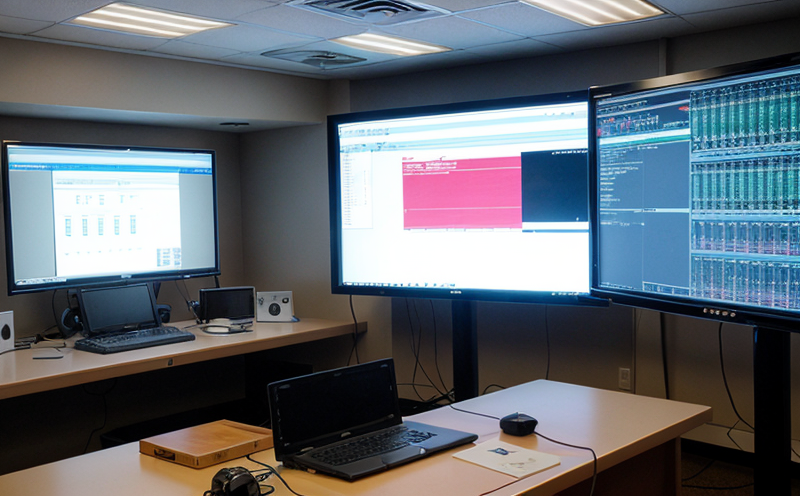EN 50657 Software Robustness Testing of Onboard Signaling
The EN 50657 standard is a crucial benchmark in railway and transportation systems, specifically targeting the robustness and reliability of software within onboard signaling systems. This service involves rigorous testing to ensure that software functions correctly under various conditions, including those encountered during normal operation as well as extreme or unexpected situations. The primary objective is to identify vulnerabilities and potential points of failure early in the development process.
The EN 50657 standard emphasizes the importance of a robust software system for railway operations because even minor errors can lead to significant disruptions, endangering passenger safety and operational efficiency. By adhering to this standard, manufacturers ensure that their products meet stringent international requirements set by regulatory bodies like the European Railway Agency (ERA).
The testing process itself involves multiple stages designed to simulate real-world scenarios faced by onboard signaling systems. This includes tests for software resilience against power fluctuations, communication failures between different components of the system, and handling of invalid inputs or data corruption. Additionally, it covers verification of fault tolerance mechanisms such as redundancy, failover protocols, and recovery procedures.
One key aspect of this service is the identification of critical points where errors could propagate across the entire signaling network. This involves not only examining individual software components but also analyzing how they interact with other parts of the system. The aim is to create a holistic understanding of potential issues that might arise during actual deployment.
Another important element is ensuring that the software can adapt dynamically based on changing environmental conditions and demands placed upon it by users or external factors. This includes evaluating capabilities related to self-diagnosis, error correction, and adaptive behavior under varying loads.
In summary, EN 50657 software robustness testing plays a vital role in enhancing reliability and safety of railway signaling systems through comprehensive evaluation techniques aimed at uncovering weaknesses before they become critical problems. Through meticulous analysis and validation processes outlined by this standard, we help our clients build more dependable products that comply with global standards while meeting specific project requirements.
Competitive Advantage and Market Impact:
- Ensures compliance with international regulations like EN 50657
- Reduces risk of product liability claims due to software failures
- Promotes trust among customers by demonstrating commitment to quality assurance practices
- Aids in achieving certification for railway signaling systems
Scope and Methodology
The scope of EN 50657 software robustness testing encompasses a wide range of activities aimed at assessing the stability, reliability, and performance of onboard signaling system software. This includes evaluating various aspects such as fault tolerance, error handling, and recovery capabilities.
Our methodology follows strict guidelines provided by the standard to ensure thoroughness and accuracy in every aspect of the test process. We begin with a comprehensive review of existing documentation related to the software being tested, followed by setting up appropriate testing environments that replicate real-world conditions as closely as possible.
Once the environment is established, we proceed with multiple rounds of tests designed to stress different parts of the software simultaneously. These tests cover scenarios where power supplies fail, communications links are interrupted, and inputs contain errors or corrupted data. Each test aims at identifying points where the system could potentially malfunction and then working towards developing solutions that prevent such issues from occurring.
A crucial part of our approach involves continuous monitoring throughout all stages of testing to capture detailed metrics about how well the software performs under stress conditions. This information helps us assess not only whether the software meets the specified criteria but also its overall resilience against unexpected events.
The final step in this process is generating comprehensive reports summarizing findings from each round of tests conducted. These reports include recommendations for improvements where necessary along with detailed descriptions of any issues encountered during testing.





